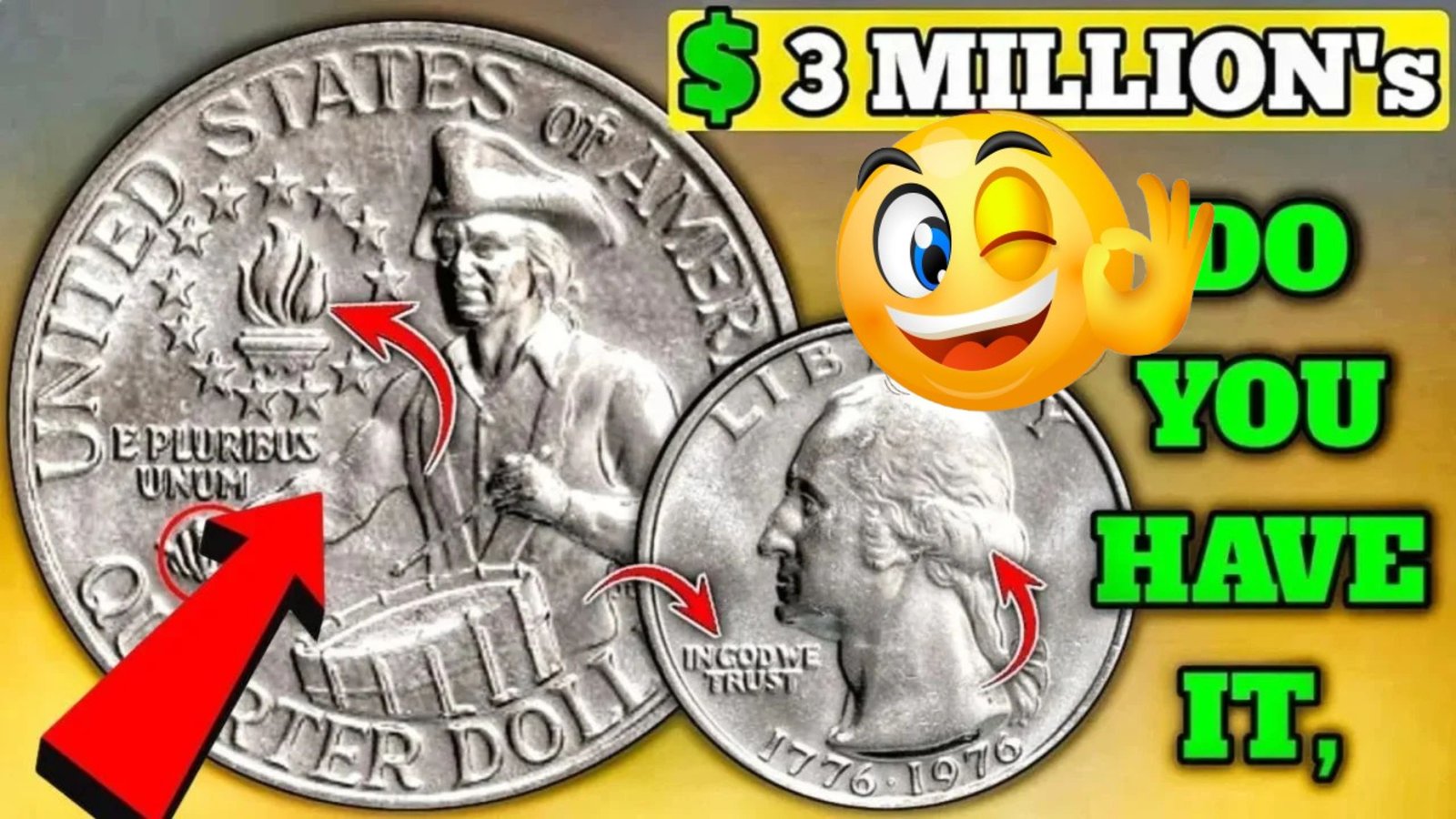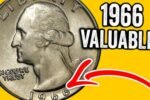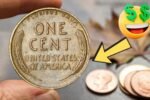Rare 1976 Bicentennial Quarter : Every now and then, a seemingly ordinary object turns out to be something truly extraordinary. One such example is the 1976 Bicentennial Quarter — a coin millions have handled, spent, or saved. While most are only worth 25 cents, a few rare versions are known to carry a value of up to $3 million. This article explains what makes certain 1976 quarters so special, and how you can identify one that might be hiding in your loose change.
Understanding the Bicentennial Quarter Design
To celebrate the 200th anniversary of American independence, the U.S. Mint released a commemorative quarter in 1976. Instead of the traditional eagle on the back, this coin features a colonial drummer alongside a torch and 13 stars. The front shows the familiar portrait of George Washington, but with the dual date “1776–1976.” This instantly recognizable design makes it stand out from standard quarters, but it’s what’s hidden beneath the surface that truly matters.
What Makes Some Bicentennial Quarters Worth Millions?
The vast majority of Bicentennial quarters are worth face value. However, a rare few were struck with errors or using different metal compositions. Some were minted on 40% silver planchets rather than copper-nickel, while others were test strikes or contain misprints like doubled dies or off-center designs. Coins that are perfectly preserved or graded at the highest quality levels (such as MS-68 or PR-70) can sell for thousands, and in extremely rare cases, up to $3 million. Rarity, error, and condition all combine to determine their value.
Where These Rare Quarters Might Be Found
Because millions of Bicentennial quarters were produced, it’s not impossible for one of these rare versions to still be out in the wild. People often keep them as souvenirs without knowing their true worth. Some sit untouched in old jars, collections, or cash drawers. The possibility of one slipping through circulation means you could find one in pocket change, making it one of the few million-dollar treasures that could genuinely be hiding in plain sight.
How to Spot a Valuable 1976 Quarter
The key to identifying a valuable Bicentennial quarter lies in the details. Look for mintmarks: “S” indicates it may be a silver proof coin, while “D” or “P” refers to Denver and Philadelphia mints. Check for oddities such as doubled letters, a shiny proof-like surface, or incorrect thickness or weight. A good magnifying glass helps, and if you suspect it might be special, you should have it professionally appraised or graded by services like PCGS or NGC. This step could confirm whether you’re holding a truly rare and valuable piece.
Why These Quarters Are So Sought After by Collectors
Collectors love the 1976 Bicentennial quarters not only for their rarity but also for their symbolism. Representing the spirit of America’s founding and independence, the design alone holds patriotic value. Combine that with low-mintage errors, silver content, and pristine conditions, and you have a perfect storm for a high-demand collector’s item. For serious numismatists, owning such a piece is like possessing a piece of American history.
What You Should Do If You Think You’ve Found One
If you believe you’ve found a rare Bicentennial quarter, don’t clean or alter it. Instead, place it in a protective holder and consult a professional coin dealer or grading service. They can assess its condition, authenticity, and market value. Even if it isn’t worth millions, it could still be worth far more than its face value. Either way, your find could be an exciting entry into the world of coin collecting.
Rare 1976 Bicentennial Quarter at a Glance
| Feature | Details |
|---|---|
| Year | 1976 (dual-dated 1776–1976) |
| Design | Colonial drummer with torch and stars (reverse) |
| Rare Versions | Silver composition, mint errors, high-grade proofs |
| Mintmarks to Watch | “S” (San Francisco, proof), “D” (Denver), “P” (Philadelphia) |
| Maximum Recorded Value | Up to $3 million |
| How to Check | Look for mintmarks, errors, and exceptional condition |
| What Increases Value | Rarity, minting errors, pristine grading |
| Still in Circulation? | Yes, potentially |
Frequently Asked Questions (FAQs)
Q: What is the 1976 Bicentennial quarter made of?
Most were made of copper-nickel, but special collector versions were struck in 40% silver.
Q: How do I know if my 1976 quarter is valuable?
Look for mint errors, silver content (marked “S”), and excellent condition. Getting it graded by a professional is the best way to know.
Q: Can I still find valuable Bicentennial quarters in circulation?
Yes, while rare, some have not yet been discovered and could be found in pocket change or old collections.
Q: What’s the best way to store a potentially rare quarter?
Use a plastic coin holder or sleeve, avoid touching the surface, and keep it away from moisture and air exposure.
Q: Who should I contact to sell a rare coin?
Reputable coin dealers, numismatic auction houses, or online platforms like Heritage Auctions or Stack’s Bowers are good places to start.




